T4K3.news
Perseid meteor shower peaks with free livestream
Watch the Perseids peak Aug 12 to 13 via the Virtual Telescope Project starting at 5 p.m. EDT

The Perseids reach peak tonight and are streamed free by the Virtual Telescope Project.
Perseid meteor shower peaks with free livestream tonight
The Virtual Telescope Project will host a free livestream of the Perseid meteor shower on Aug 12, 2025, starting at 5 p.m. EDT. Viewers can expect wide-field views of dozens of shooting stars per hour as the team uses its robotic telescopes from central Italy, with commentary by astrophysicist Gianluca Masi. The stream will be available on the project's WebTV page and YouTube channel, and Space.com will carry the broadcast courtesy of the Virtual Telescope Project.
These meteors come from debris left by Comet Swift-Tuttle. At its peak, observers in dark skies could see roughly 50 to 100 meteors per hour. A waning gibbous moon will rise before midnight, potentially washing out fainter meteors, but the brightest Perseids should still be visible in the predawn hours as the constellation Perseus climbs in the northeast. The best viewing window is 3 to 4 a.m. local time. The shower is visible to the naked eye, so no telescope or binoculars are needed.
Key Takeaways
"The brightest Perseids should shine through during predawn hours"
Visibility forecast
"This livestream makes skywatching accessible to people who cannot travel"
Public access
"Viewing under dark skies connects science with everyday life"
Public engagement
Online skywatching events like this webcast democratize access to astronomy. They let people experience a major celestial show without traveling to dark-sky sites, but they also depend on clear skies and reliable internet. The quality of the stream matters because a bright moon or cloudy weather can mute what many expect to see.
Such broadcasts reflect a broader trend in public science engagement. They can spark curiosity among students and families, while giving researchers a platform to explain what a meteor shower is and where to look. Yet the success of these events rests on clear communication about limitations and context.
Highlights
- The brightest Perseids should shine through during predawn hours
- This livestream makes skywatching accessible to people who cannot travel
- Viewing under dark skies connects science with everyday life
- A naked-eye event invites everyone to look up
Astronomy keeps offering chances to wonder, even from a living room
Enjoyed this? Let your friends know!
Related News
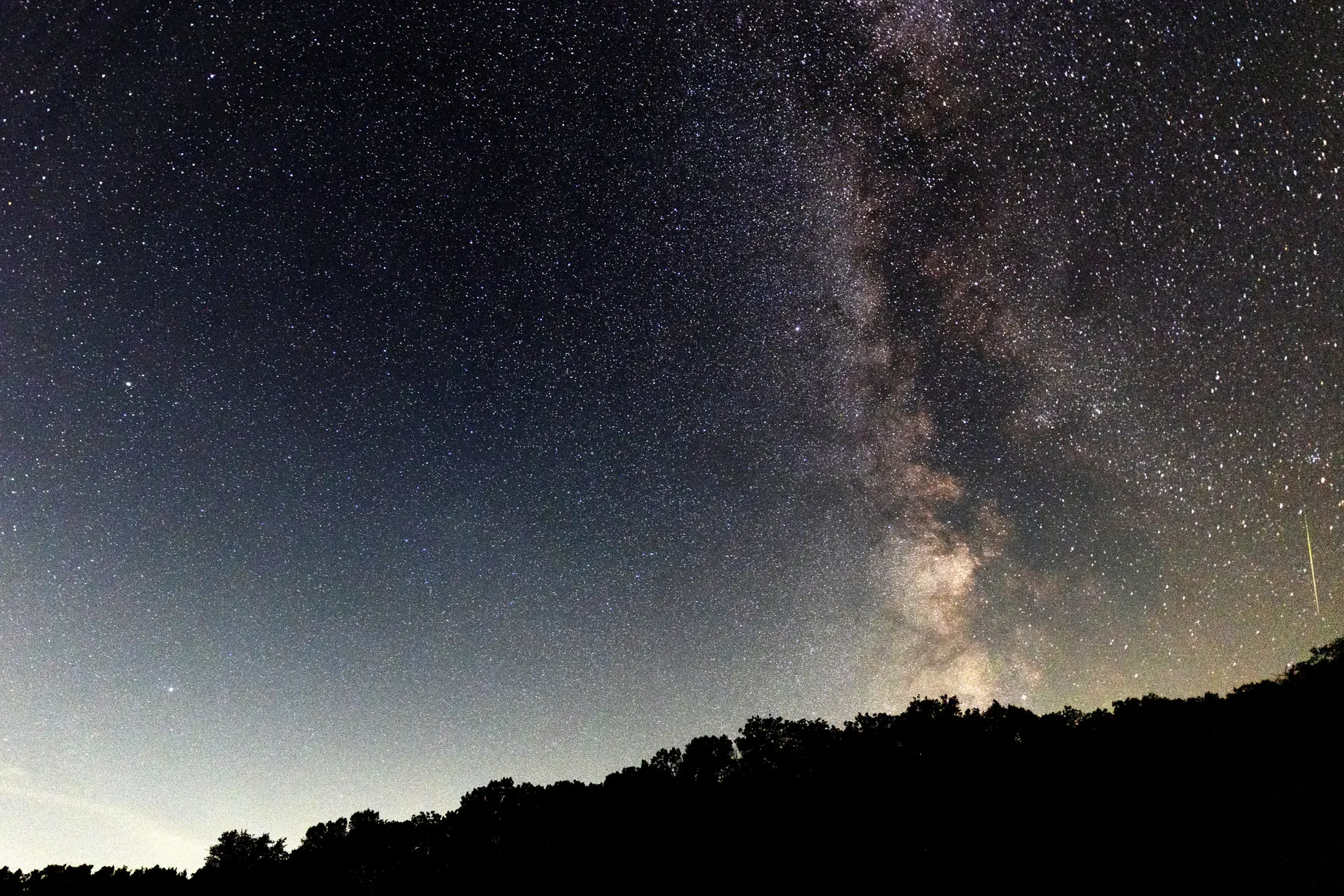
Perseids Peak With Live Viewing
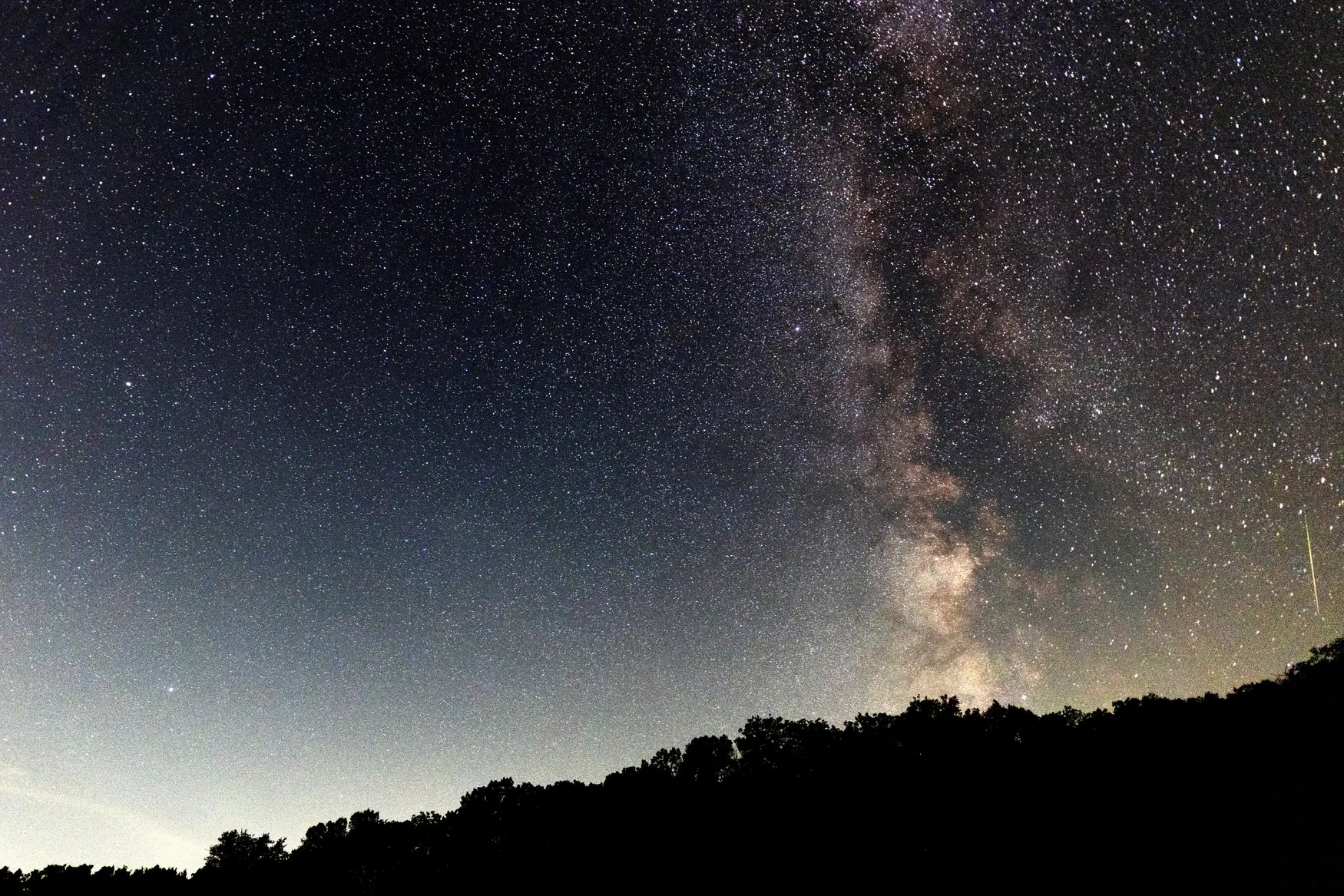
Perseid Shower Peaks Tonight
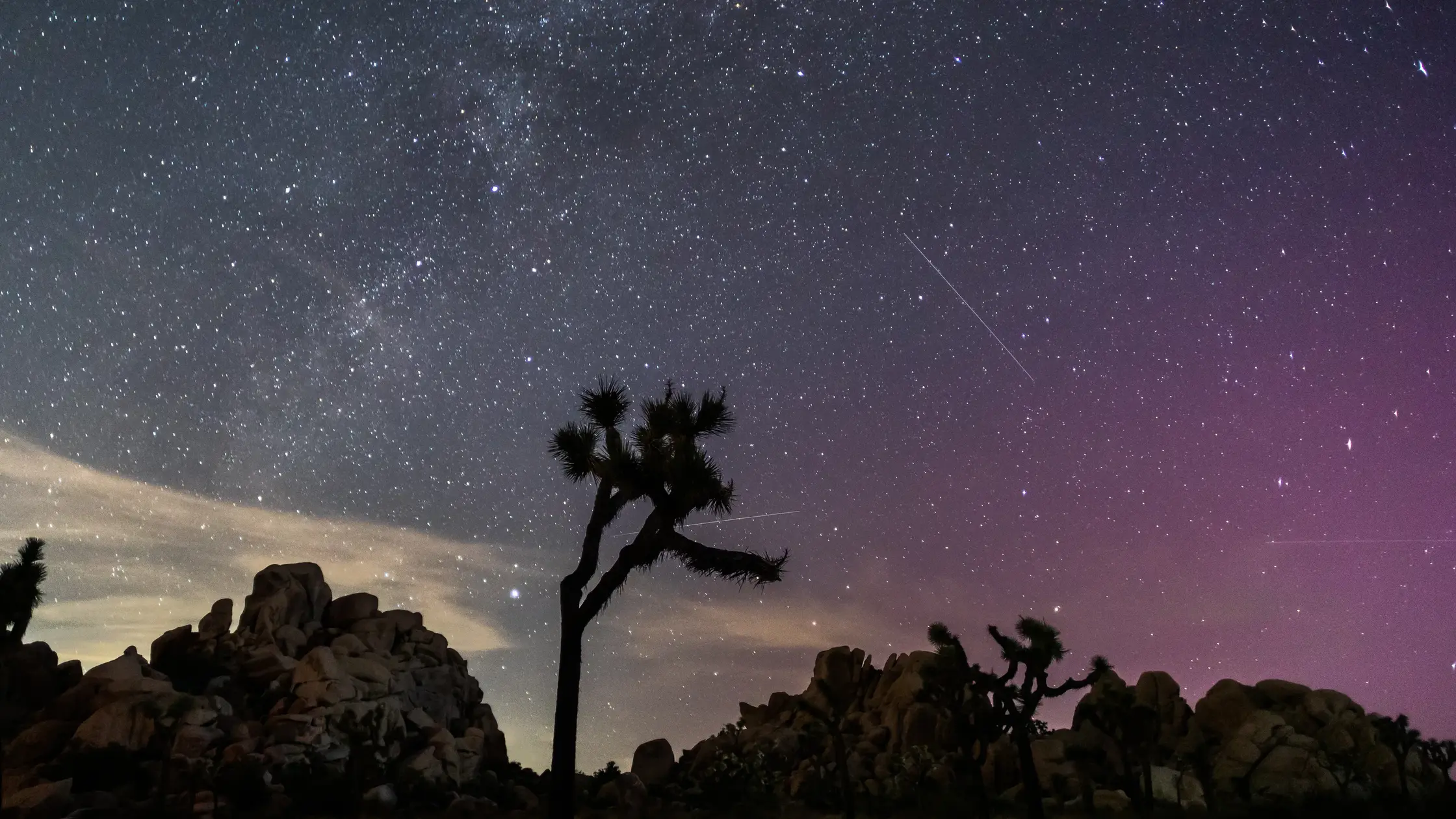
Perseid peak nears as moonlit skies challenge visibility
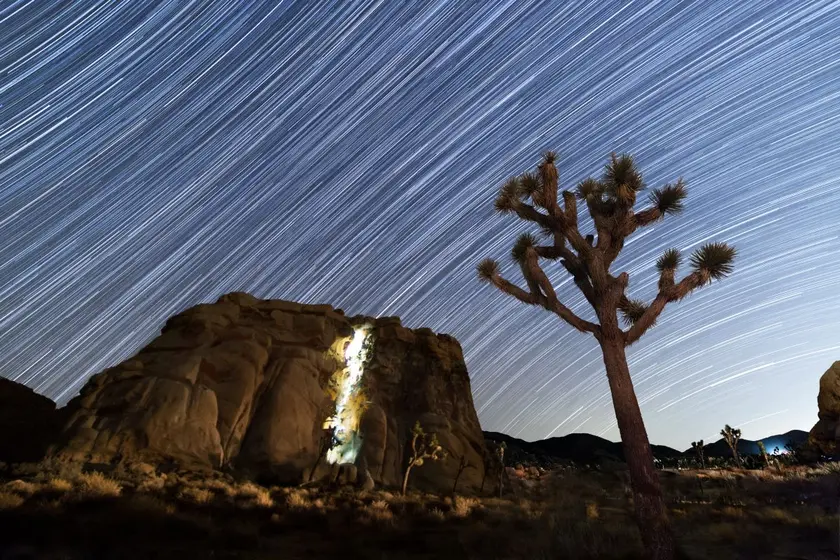
Perseid Meteor Shower Peaks This August
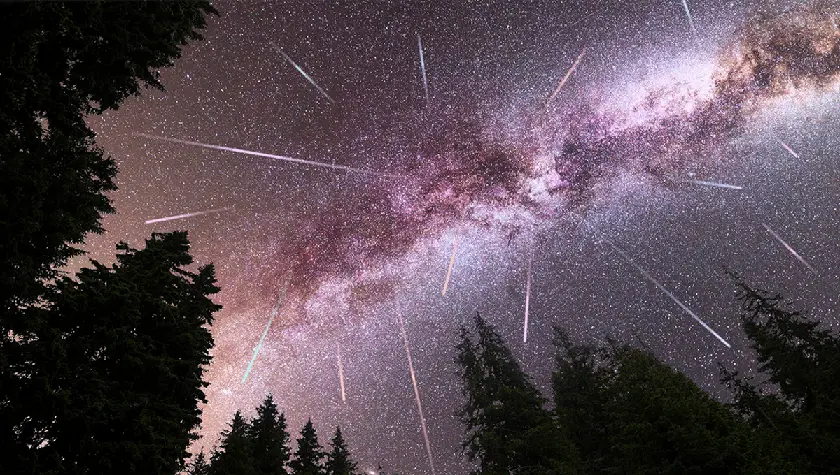
Perseid Meteor Shower Peaks On August 12-13

Venus and Jupiter align during Perseid meteor shower

Planet parade and meteor shower over Seattle

Sturgeon Moon and Perseids visible together in UK
